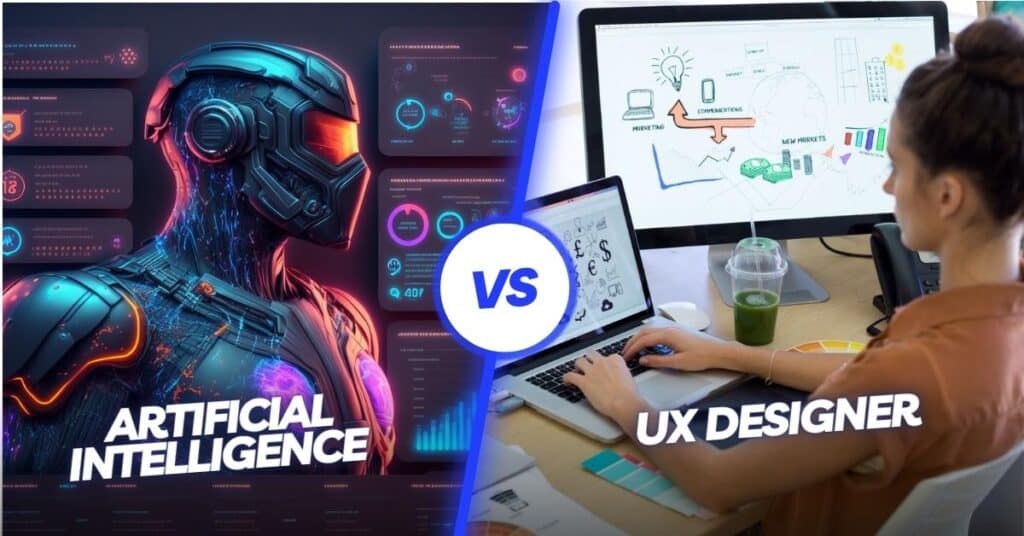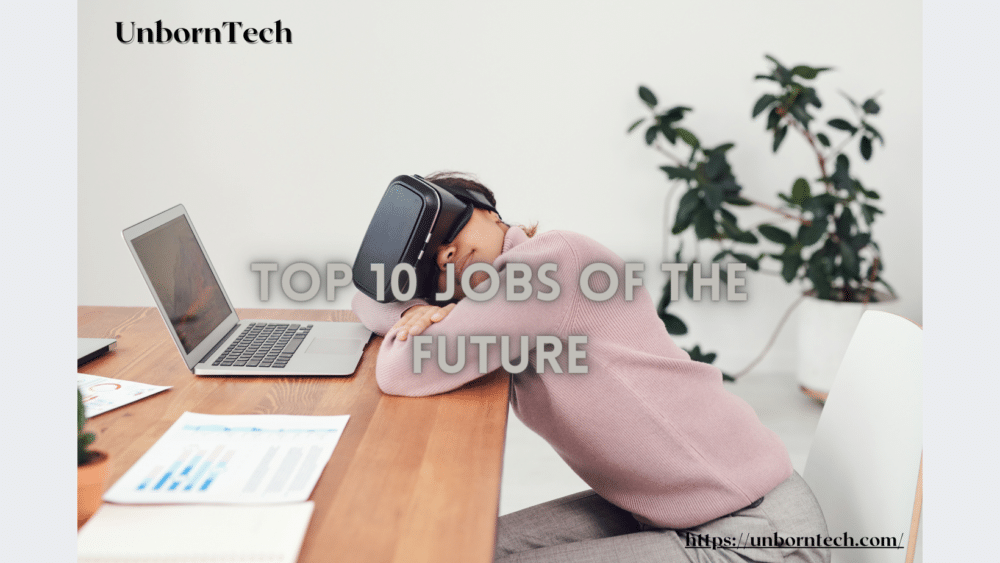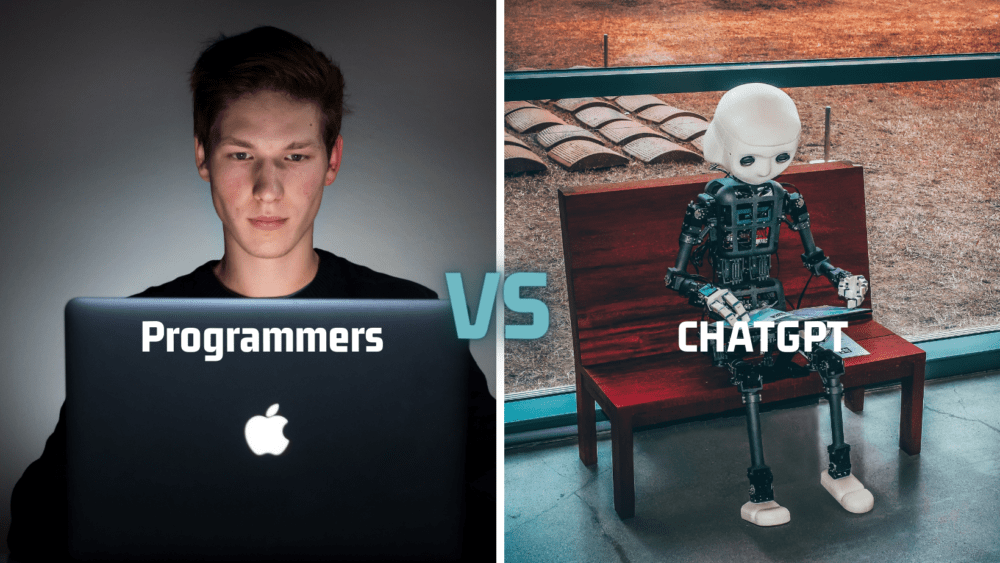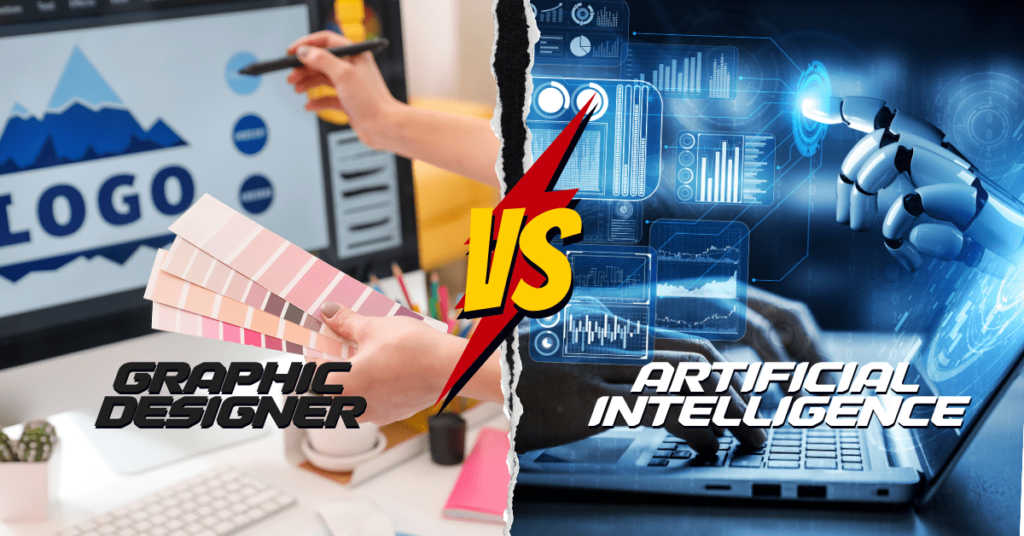AI has revolutionized many industries, from healthcare to finance, leaving no sector untouched by its transformative power. However, the world of UX design is no exception to this wave of change.
Amidst these advancements, a pressing question lingers:
Will AI replace UX designers?
In this blog, we’ll explore how AI is reshaping the UX design landscape, its potential benefits, and most importantly, why human designers will continue to be crucial in delivering extraordinary user experiences.
Table of Contents
Is AI Even Capable of Replacing UX Designers?
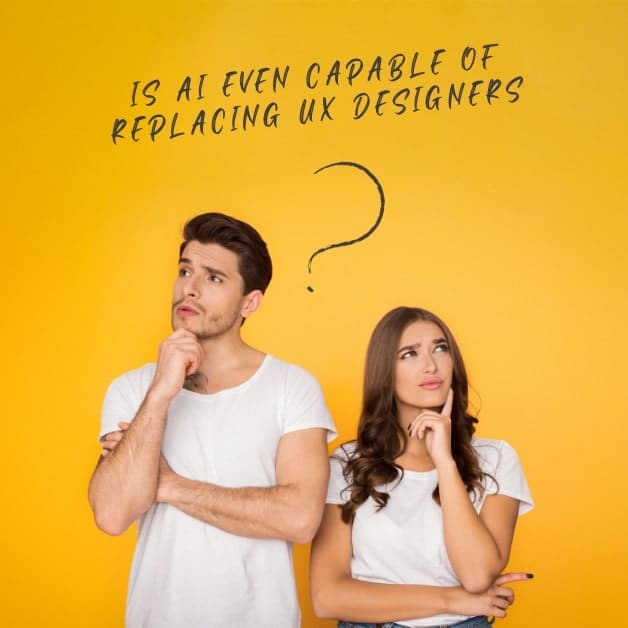
To explore if AI can take over the role of UX designers, let’s start with the basics. Replacing something means finding something as good or better to do the job.
So, what do UX designers do? They:
- Understand users’ wants and needs.
- Find clever solutions to design problems.
- Make sure designs are user-friendly.
- Conduct user research to figure out what people like.
- Create wireframes and prototypes to test ideas.
- Collaborate with developers to make designs real.
Now, can AI do all this? Nope.
AI can help with some things like analyzing data, but it can’t replace the human touch – understanding people’s needs and being creative. Multiple sources agree: AI can assist, but it won’t replace UX designers, now or in the future.
8 Reasons Why AI Will Not Replace UX Designers
Let’s break down why AI won’t be stepping into the shoes of UX/UI designers anytime soon. Here are 8 simple, yet crucial, reasons:
- Missing the “Human Touch”: AI, for all its algorithms, can’t replicate the unique way humans connect. We understand each other on a deeper level. Clients prefer working with us because we empathize and deliver exactly what they need. Robots might suggest a bunch of logo designs, but only a human designer can truly capture a client’s vision.
- Lack of Creativity & Originality: AI relies heavily on data and preset rules. This can be limiting, especially for smaller businesses. Human designers shine with their ability to think creatively, coming up with fresh ideas that make designs stand out.
- Not Getting Context and User Needs: Designers are experts at understanding target audiences, client needs, and the cultural nuances of design. AI sometimes misses the mark, creating designs that don’t quite fit the context.
- Can’t Feel Emotions: AI struggles with understanding human emotions, while we excel at picking up on even the subtlest emotional cues. Designing for emotional impact is our forte.
- Can’t Talk the Talk: Effective communication is the lifeblood of UX design. Human designers are masters at explaining complex ideas in simple terms, making sure everyone is on the same page throughout the design process.
- Can’t Make Ethical Calls: UX designers play a pivotal role in making ethical design decisions, from privacy considerations to inclusivity and societal impact. These nuanced decisions demand human judgment, ethical awareness, and the ability to weigh different perspectives.
- Can’t Change Course: AI sticks to the script, following instructions to the letter. Humans, on the other hand, can adapt and change their approach on the fly, a key ingredient in creating top-notch designs that evolve as needed.
- Can’t Spot Biases: AI doesn’t have an ethical compass. It accepts data as is, biases and all. Human designers, grounded in ethics, can spot and rectify biases in design, ensuring fairness and balance.
In a nutshell, AI has its strengths, but the unique human qualities and capabilities that UX designers bring to the table mean they won’t be replaced by machines anytime soon.
AI Is Not Here To Replace UX Designers But Augment Them
AI is not a replacement but a powerful amplification of UX designers’ toolsets. The future of UX design revolves around the symbiotic relationship between AI and human designers.
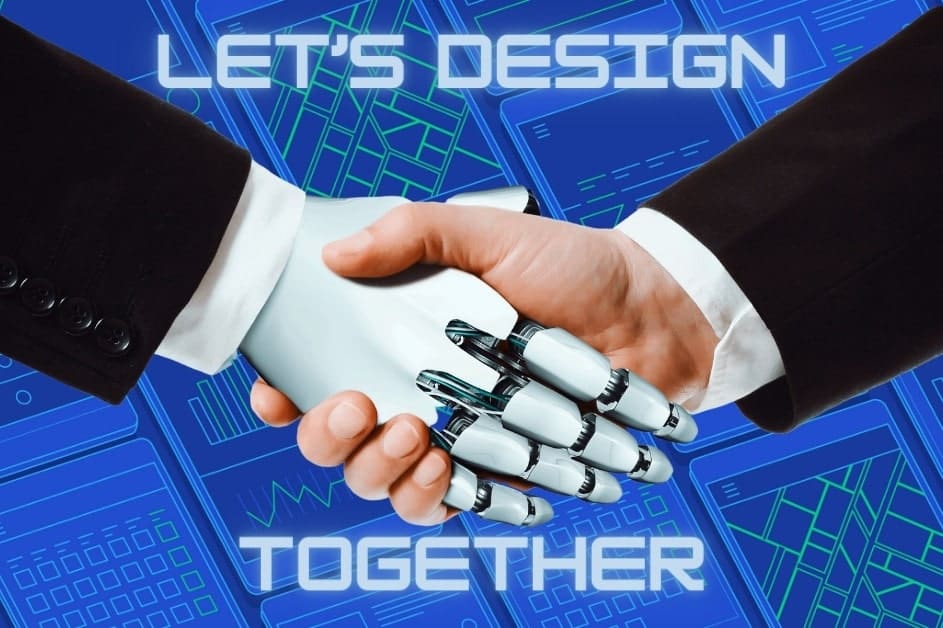
Some of the key empowering features provided by AI to UX designers are as follows:
- Providing Data Insights: Simplifying data analysis, offering valuable insights into user behavior.
- Automating Tasks: Streamlining repetitive tasks, boosting efficiency.
- Optimizing Design Systems: Ensuring design consistency and personalization.
- Recognizing Patterns: Identifying user behavior patterns, freeing designers’ time.
- Generating Hypotheses: Automatically creating hypotheses based on data, aiding design decision-making.
This collaboration between AI and designers is set to revolutionize UX, making it faster, more informed, and inherently human-centered.
AI’s Impact on the UX Design Market
So, if AI isn’t poised to replace UX designers entirely, what’s the fuss all about? Well, the arrival of AI has indeed changed the game.
AI has elevated the status of UX designers, turning them into “super designers”. These professionals now wield AI tools to efficiently handle tasks that once required multiple team members.
Consequently, there’s a shift in the hiring and outsourcing landscape. Companies can achieve more with fewer designers, and freelancers are less inclined to outsource when they can manage increased workloads independently.
This transformation intensifies competition in the UX design market, encouraging designers to adopt AI and enhance their skill sets to remain competitive.
What UX Designers Should Do?
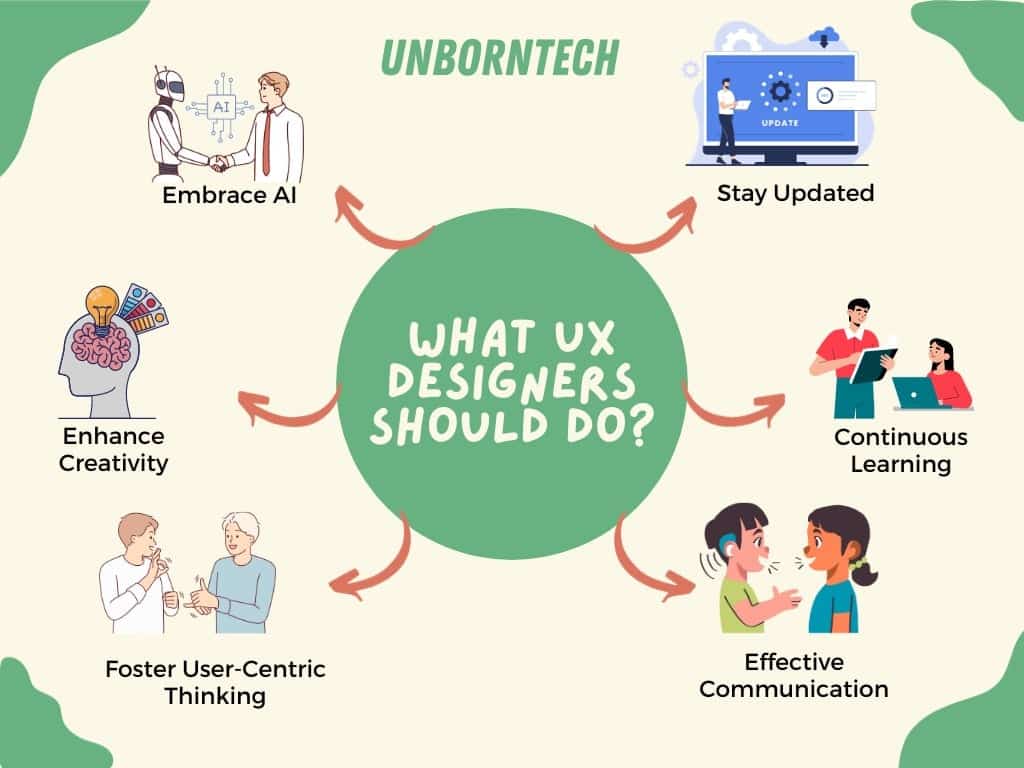
In this evolving landscape, UX designers should take deliberate steps:
- Embrace AI as an Ally: Explore powerful AI tools like Uizard, GeniusUI, Stable Diffusion, Midjourney, and Designs AI. These tools can supercharge your design process, making you a more efficient and effective designer.
- Stay Updated: Keep your finger on the pulse of UX design by regularly reading blogs like UX Collective, UX Planet, and UX Movement. Staying informed about the latest trends and best practices is essential in this dynamic field.
- Continuous Learning: Invest in your education by seeking out courses, workshops, and mentors. A commitment to ongoing learning will help you adapt to the evolving demands of UX design.
- Enhance Creativity: Use AI to automate repetitive tasks, freeing up your time for creative problem-solving and innovative thinking.
- Foster User-Centric Thinking: Maintain a deep understanding of user needs, emotions, and behaviors. AI can’t replace the empathy and intuition that are vital for creating user-friendly experiences.
- Effective Communication: Sharpen your interpersonal and communication skills to collaborate seamlessly with cross-functional teams.
By integrating AI into your toolkit, staying informed, investing in your education, and emphasizing user-centric and ethical design, you’ll not only thrive but also shape the future of UX design.
Conclusion
In conclusion, the future of AI in UX design is one of collaboration, not replacement. AI will augment designers by streamlining tasks, enhancing efficiency, and aiding creativity.
While it can speed up ideation and prototyping, it cannot replace the human touch required for creating finished products. Designers should adapt to this evolving landscape, leveraging AI as a tool to enhance their skills.
The symbiotic relationship between AI and human designers will continue to shape user-centric, data-driven design practices.
Frequently Asked Questions (FAQs)
How can AI benefit UX designers?
AI can benefit UX designers by automating repetitive tasks, providing data insights, and aiding in prototyping, ultimately enhancing efficiency and productivity.
Are there any AI tools specifically designed for UX designers?
Yes, there are AI tools like Uizard, GeniusUI, and Stable Diffusion that cater to UX designers, helping them streamline their work processes.
Will AI replace UI/UX designers entirely?
No, AI is not expected to replace UI/UX designers entirely. Instead, it will complement their work by automating certain tasks and enhancing efficiency.
How will AI affect UX designers?
AI will impact UX designers by providing tools to streamline tasks, offer data-driven insights, and speed up specific design phases, ultimately enhancing their capabilities.
Is UX design still relevant in 2023?
Yes, UX design remains highly relevant in 2023 and beyond. It continues to play a crucial role in creating meaningful and engaging user experiences in the digital age.

